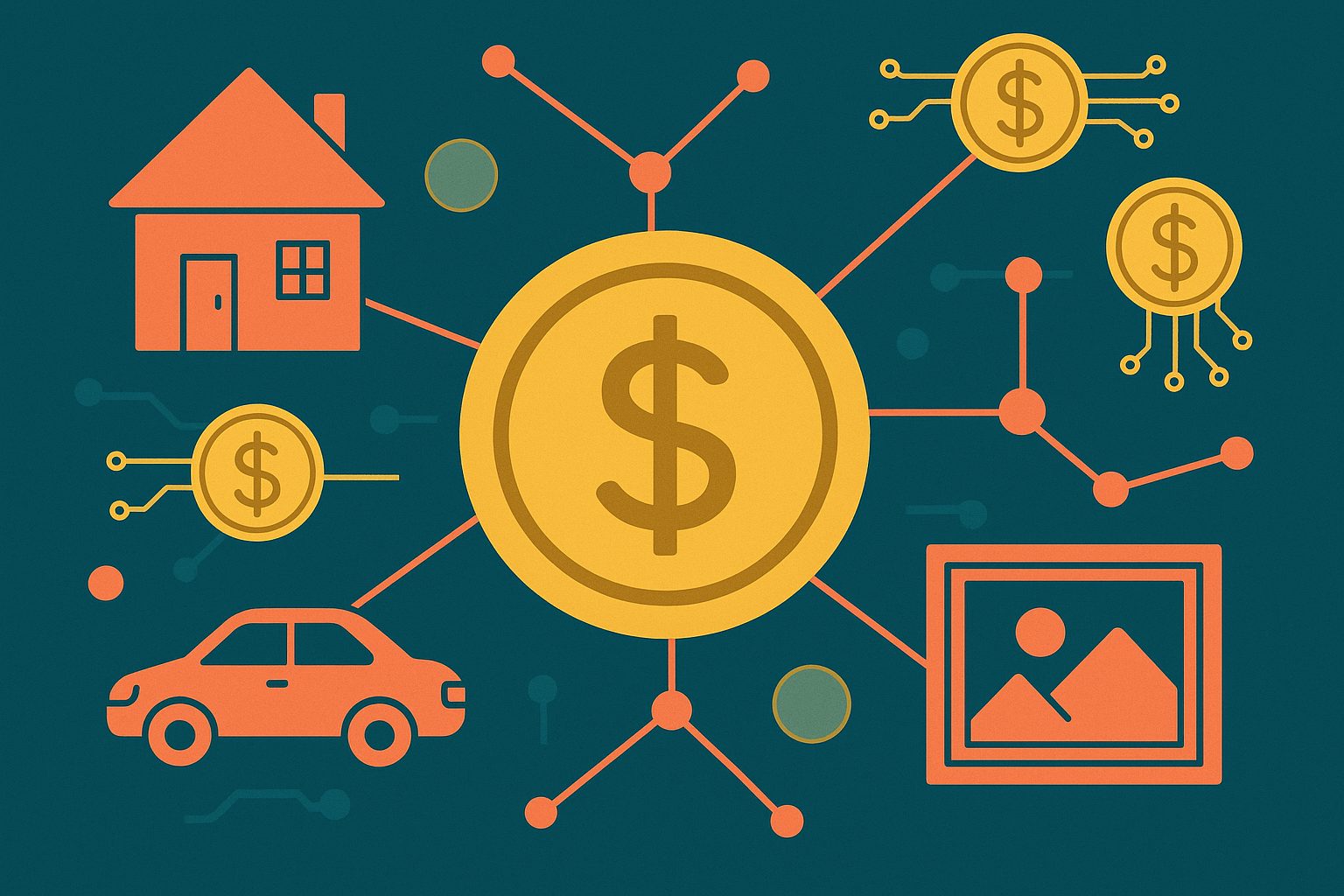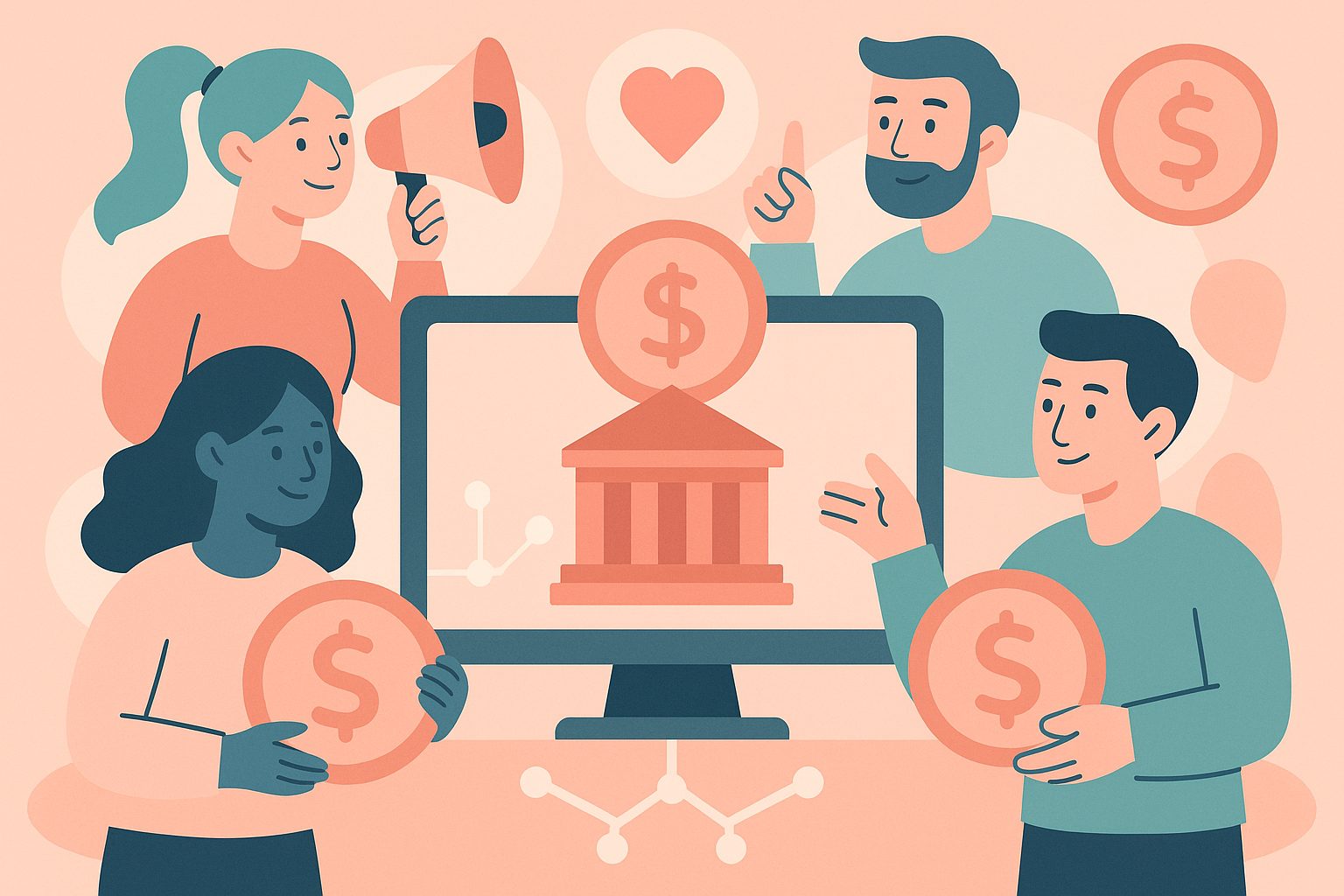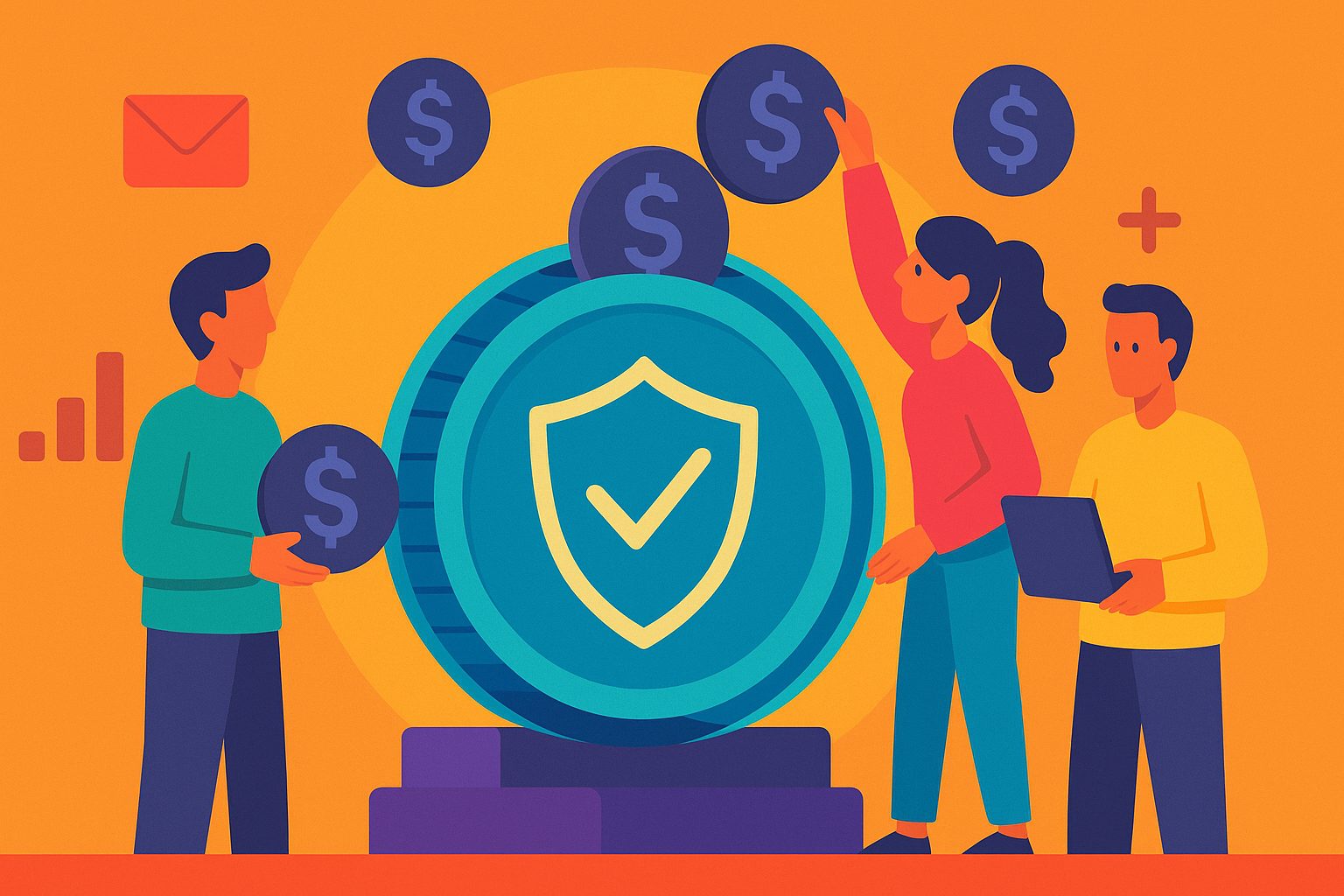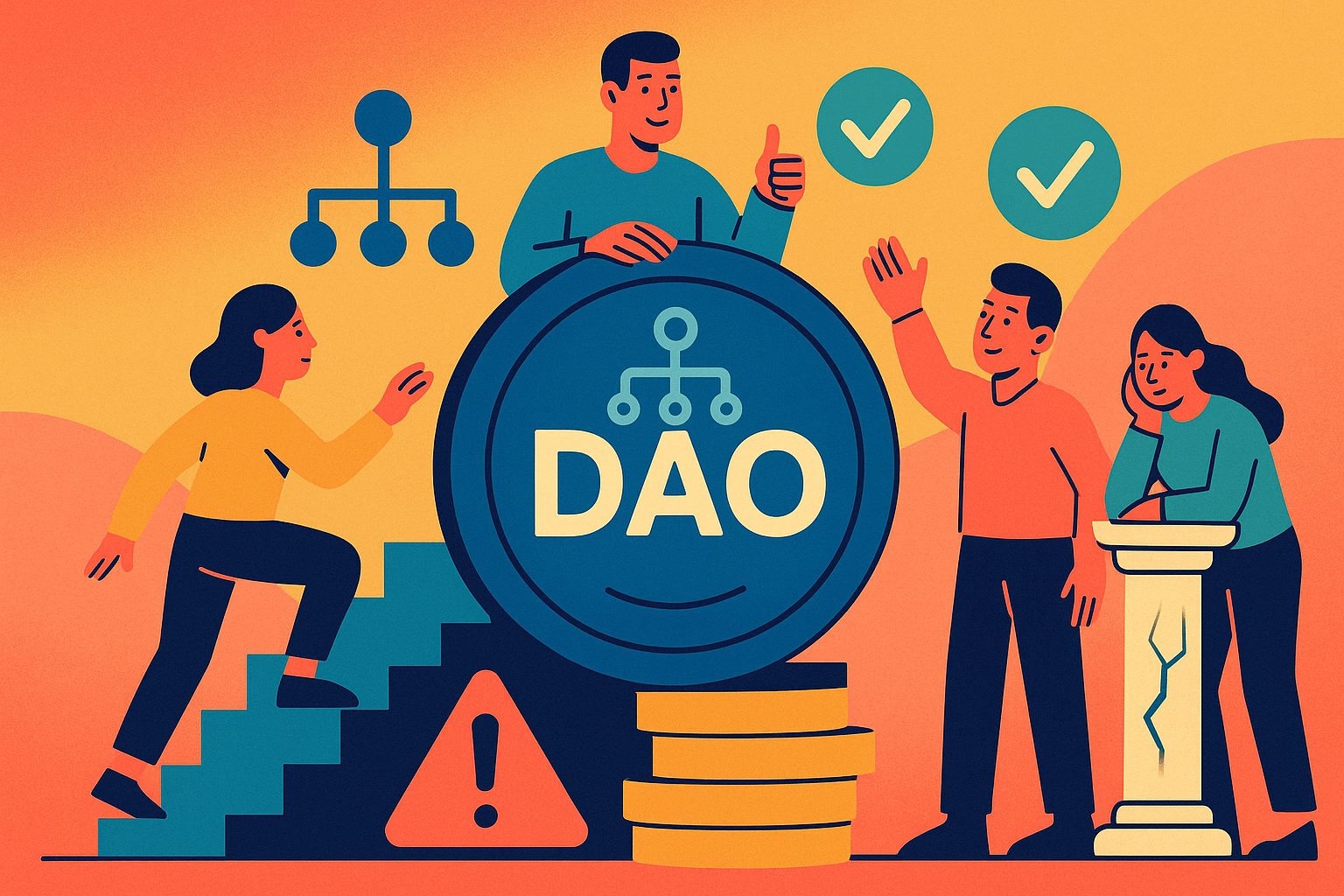Exploring the Dawn of Asset Tokenization
In an era where digital transformation reshapes every industry, tokenization emerges as a groundbreaking force that converts ownership of real-world assets into blockchain-based digital tokens. This introductory guide invites beginners to step into the world of tokenization, where physical and financial assets—from real estate and fine art to commodities and debt instruments—gain new liquidity, accessibility, and programmable capabilities. As enterprises, investors, and innovators recognize the potential of tokenization, understanding its core principles becomes essential for anyone seeking to navigate the rapidly evolving landscape of digital finance.
The Revolution of Tokenizing Tangible Value
Tokenization represents a paradigm shift in value exchange. By assigning cryptographic tokens to tangible assets, ownership can be fractionalized and transferred seamlessly on decentralized ledgers. Imagine a historic property in Paris divided into thousands of tokens, each representing a share of that asset. Traditional barriers—high entry costs, geographic limitations, and cumbersome paperwork—dissolve, replaced by instant, transparent transactions. Through tokenization, assets once restricted to institutional investors become available to a global audience, democratizing access and reshaping financial markets.
How Tokenization Bridges Physical and Digital Realms
At its core, tokenization bridges the gap between the analog world and blockchain ecosystems. Legal frameworks and custodial arrangements ensure that each digital token corresponds to a legitimate claim on an underlying asset. Custodians hold the asset in trust, while smart contracts govern token issuance, transfer, and redemption. This dual-layer model maintains accountability and compliance in the real world, even as tokens move across digital networks without centralized intermediaries. As a result, token holders benefit from the security and immutability of blockchain, while asset owners retain legal protections governed by jurisdiction-specific regulations.
Diving into the Mechanics: From Legal Title to Digital Token
The tokenization workflow begins with asset identification and valuation, followed by the creation of a legal structure—often a special purpose vehicle (SPV) or trust—that holds the asset on behalf of token holders. Once legal arrangements are in place, developers deploy smart contracts on a chosen blockchain, defining token characteristics such as total supply, divisibility, and governance rules. After generating the tokens, issuers conduct compliance checks—know-your-customer (KYC) and anti-money laundering (AML) processes—to onboard investors. Finally, tokens are distributed through a platform or marketplace, where they trade peer-to-peer under the watchful eye of on-chain transparency and real-world custodial security.
Asset Classes Ready for Token Transformation
Tokenization’s versatility spans a wide spectrum of asset classes. Real estate tokenization unlocks liquidity in a traditionally illiquid market, enabling fractional ownership of residential and commercial properties. Artwork and collectibles gain provenance tracking and global reach, as each tokenized painting or sculpture traces its history on the blockchain. Commodities such as gold and oil can trade in token form, offering efficient settlement and reduced counterparty risk. Even intangible assets—intellectual property rights, royalties, and carbon credits—are prime candidates for tokenization, facilitating more efficient asset management and secondary markets.
The Technical Backbone: Blockchain, Smart Contracts, and Standards
Blockchain technology underpins tokenization by providing decentralized validation, immutability, and programmable logic. Ethereum’s ERC-20 and ERC-721 token standards paved the way for fungible and non-fungible tokens respectively, while newer standards like ERC-1400 and ERC-3525 introduce compliance-aware and semi-fungible token models. Other platforms—Tezos, Polkadot, and Solana—offer high throughput and lower fees, attracting projects seeking scalable tokenization solutions. Smart contracts automate token issuance, enforce transfer restrictions, and manage dividend or yield distributions, eliminating manual processes and reducing operational costs. Interoperability protocols such as the Inter-Blockchain Communication (IBC) standard further enhance token mobility across diverse networks.
Benefits Beyond Boundaries: Liquidity, Accessibility, and Efficiency
Tokenizing real-world assets generates a host of benefits for issuers and investors alike. Liquidity increases as fractional tokens trade on secondary markets 24/7, reducing lock-up periods and unlocking capital otherwise immobilized. Investors gain access to asset classes previously out of reach due to high entry thresholds, enabling portfolio diversification and risk mitigation. For issuers, tokenization streamlines capital raising, cutting out multiple intermediaries and slashing settlement times from days to minutes. Programmable features—such as automated dividend payouts or buyback clauses—enhance governance and investor confidence. The synergy of these advantages propels tokenization from experimental to mainstream.
Navigating Regulatory Minefields
Despite the promise of tokenization, regulatory compliance remains a critical hurdle. Jurisdictions differ on how digital tokens are classified—securities, commodities, or utility tokens—each carrying distinct legal obligations. Issuers must engage legal counsel to navigate securities laws, licensing requirements, and investor protections. Regulations like the U.S. Securities and Exchange Commission’s guidance on digital assets and Europe’s Markets in Crypto-Assets (MiCA) framework shape how token offerings are structured and conducted. Transparent governance models and rigorous compliance protocols not only mitigate legal risks but also instill credibility, attracting institutional participants and fostering long-term market stability.
Real-World Success Stories Fueling Momentum
A growing number of pioneering projects demonstrate tokenization’s transformative power. In Switzerland, real estate developer TokenEstate issued tokens backed by luxury apartments, allowing global investors to participate in property appreciation. The St. Regis Aspen Resort launched a hospitality token, enabling stakeholders to share in revenues and governance decisions. Art-focused platforms such as Maecenas fractionalized masterpieces by Andy Warhol, enabling collectors to own a slice of art history. Even debt instruments have gone digital: Centrifuge’s Tinlake protocol tokenizes invoices, providing small businesses with new avenues for financing. Each success story underscores tokenization’s potential to innovate across sectors.
Overcoming Hurdles: Security, Interoperability, and Trust
Tokenization’s journey is not without challenges. Smart contract vulnerabilities can expose platforms to exploits, making rigorous audits essential. Interoperability gaps between blockchains hinder seamless token transfers, necessitating bridges that introduce additional risk vectors. Establishing trust in custodial arrangements remains paramount; investors must have confidence that custodians hold the physical assets as promised. Standardization efforts and industry consortia—such as the Token Taxonomy Initiative—work to harmonize technical and legal frameworks, paving the way for secure, compliant, and interoperable tokenized ecosystems.
Emerging Trends Shaping Tomorrow’s Tokenized Ecosystem
Looking ahead, several trends promise to elevate tokenization’s impact. Decentralized identity solutions will bolster KYC processes, enabling privacy-preserving verification for investors. Layer-2 scaling and zero-knowledge proofs will reduce transaction costs and enhance data confidentiality. Integration with decentralized finance (DeFi) protocols will unlock liquidity pools, lending markets, and synthetic asset creation anchored by tokenized real-world assets. Innovative governance models—combining token-weighted voting with reputation-based systems—aim to balance stakeholder influence and foster community-driven decision-making. As these advancements converge, tokenization stands poised to redefine asset ownership and capital markets.
Joining the Tokenization Wave: Tips for New Entrants
For newcomers eager to explore tokenization, starting with education and due diligence is vital. Research prominent platforms and token standards, attend webinars hosted by industry bodies, and review whitepapers of successful tokenization projects. Engage with developer communities on GitHub or Discord to understand technical nuances. When considering investments, assess the legal structure, custodial arrangements, and compliance measures underpinning token offerings. Collaborate with experienced advisors—legal, financial, and technical—to structure token models that align with regulatory frameworks and market demands. By grounding your approach in knowledge and best practices, you can harness tokenization’s potential responsibly and effectively.
Embracing the Future of Digital Asset Tokenization
Tokenization represents a fundamental evolution in how we perceive, transfer, and manage value. By fusing blockchain innovation with real-world assets, tokenization unleashes unprecedented liquidity, accessibility, and programmability, challenging the conventions of traditional finance. For beginners, the journey into tokenization may seem complex, but with a clear understanding of legal frameworks, technical infrastructures, and market dynamics, you can navigate this frontier with confidence. As tokenized ecosystems mature, those who embrace this technology early stand to benefit from new opportunities to invest, innovate, and participate in the next chapter of the digital economy.




